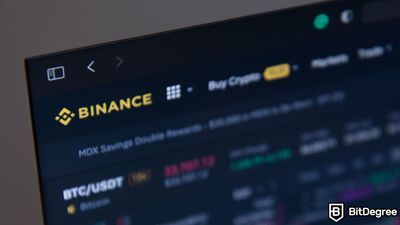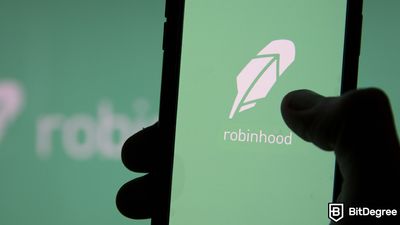Coinbase, one of the largest crypto exchanges, has now integrated the Bitcoin Lightning Network into its services.
This integration allows users to select either the Bitcoin network or the Lightning Network, a Layer-2 solution that speeds up transactions and reduces costs.

Did you know?
Want to get smarter & wealthier with crypto?
Subscribe - We publish new crypto explainer videos every week!
What is a Crypto Wallet? (Explained With Animation)


Using the Lightning Network, transactions are processed nearly instantly, though Coinbase notes that transfers to certain self-custody wallets may face delays or complications due to "unique implementations or fee structures."
Users engaging with this network will handle invoices—long strings of characters representing the transaction. This approach facilitates faster speeds compared to the Bitcoin network, where transactions can take anywhere from ten minutes to two hours.
A nominal processing fee of 0.1% will be charged for these transactions, marking a reduction in transaction costs.
For this integration, Coinbase selected Lightspark, a company led by former PayPal president David Marcus, as its partner. Lightspark supports the initiative by hosting the Lightning node, while Coinbase maintains control over the Lightning signing keys through a remote-key signing setup.
With many of its competitors, including Binance, already supporting the Lightning Network, Coinbase's adoption of this technology is an important development in its service offering.
This enhancement not only positions Coinbase competitively in the marketplace but also aligns with industry trends toward faster and more economical Bitcoin transactions.
However, Coinbase has recently faced less favorable news. The US Securities and Exchange Commission (SEC) has filed a lawsuit against the cryptocurrency exchange, alleging it operated without proper registration.






















